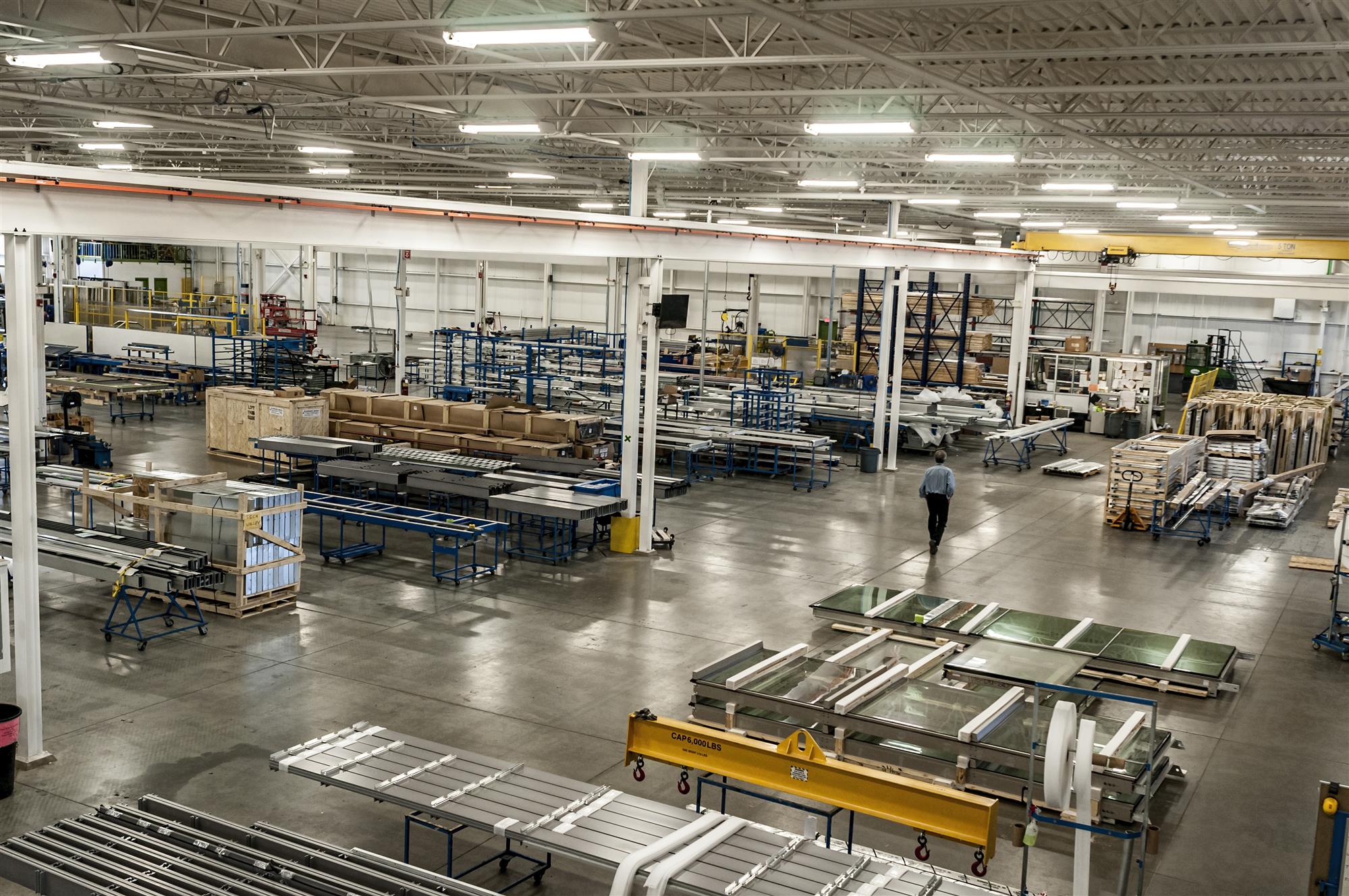The Future of Manufacturing in the U.S.A
The manufacturing industry in the United States is growing by leaps and bounds. As technology changes and allows us to produce items more rapidly, so, too, does the manufacturing industry itself. Comparing today’s industry to the industry of the 1950s demonstrates this clearly; more often than ever, we’re relying on machines like laser cutters and cold saws to help us work with difficult materials.
Although the industry continues to struggle slightly in the face of an uncertain economy, there is hope on the horizon. The future of manufacturing in the U.S.A. is bright; discover why, right here.
A Burgeoning Automotive Industry
Walk through downtown Detroit, and you’ll see the post-bankruptcy effects of a lost automotive industry. The loss of Detroit’s beloved vehicle manufacturing plants hit hard; in fact, it was almost the death of the city altogether.
However, America’s automotive industry is staging a comeback, and it looks like Detroit could very well become part of that comeback, too. Automotive manufacturing lines aren’t decelerating like they were 10 years ago; instead, they’re growing and expanding significantly.
More Manufacturers Staying on Home Soil
Recent assertions by political influencers like Bernie Sanders and Donald Trump have driven home the impacts of companies outsourcing manufacturing jobs to places like China and Mexico. The vast majority of manufacturing companies do this because labor and materials are both far more affordable outside of the country, but a current movement to keep work on home soil via tariffs could change that.
If the POTUS moves forward with his plan, it may become more affordable to open factories here in the United States rather than overseas. This is likely to influence the American manufacturing market significantly, reducing competition for the local market and spurring on job creation, too.
Incentivized Exports
The POTUS and other influencers want to keep manufacturing jobs here on home soil, but that doesn’t mean that you won’t be encouraged and incentivized to work in tandem with other countries.
On the contrary; some people suggest the implementation of a certificate system that would incentivize and encourage exports to other countries. These certificates would effectively come in denominations equal to the value of the export.
Importers would need to purchase these certificates, evening out the trade deficits and creating an environment where the U.S. manufacturing industry is competitive. It would effectively give plants the power to offer lower-cost (and therefore more competitive) products to places like the United Kingdom, Canada, South America, Malaysia, and China.
More Technology in Manufacturing Plants
Despite the fact that more manufacturing will likely occur on home soil, plants are likely to rely on technology more than ever. Cold lasers, pipe benders, and even robotic assembly are all becoming more common, reducing costs in the process and eliminating the need for multiple staff members in the process.
Don’t assume you can rely on machines entirely; nothing could be further from the truth. You’ll still need to hire monitoring and management staff to oversee operations, but the type of employees you hire will shift from blue collar to tech savvy.
For more information about the wide array of innovations in the U.S. manufacturing space, reach out to the team at Quantum Machinery Group today.


